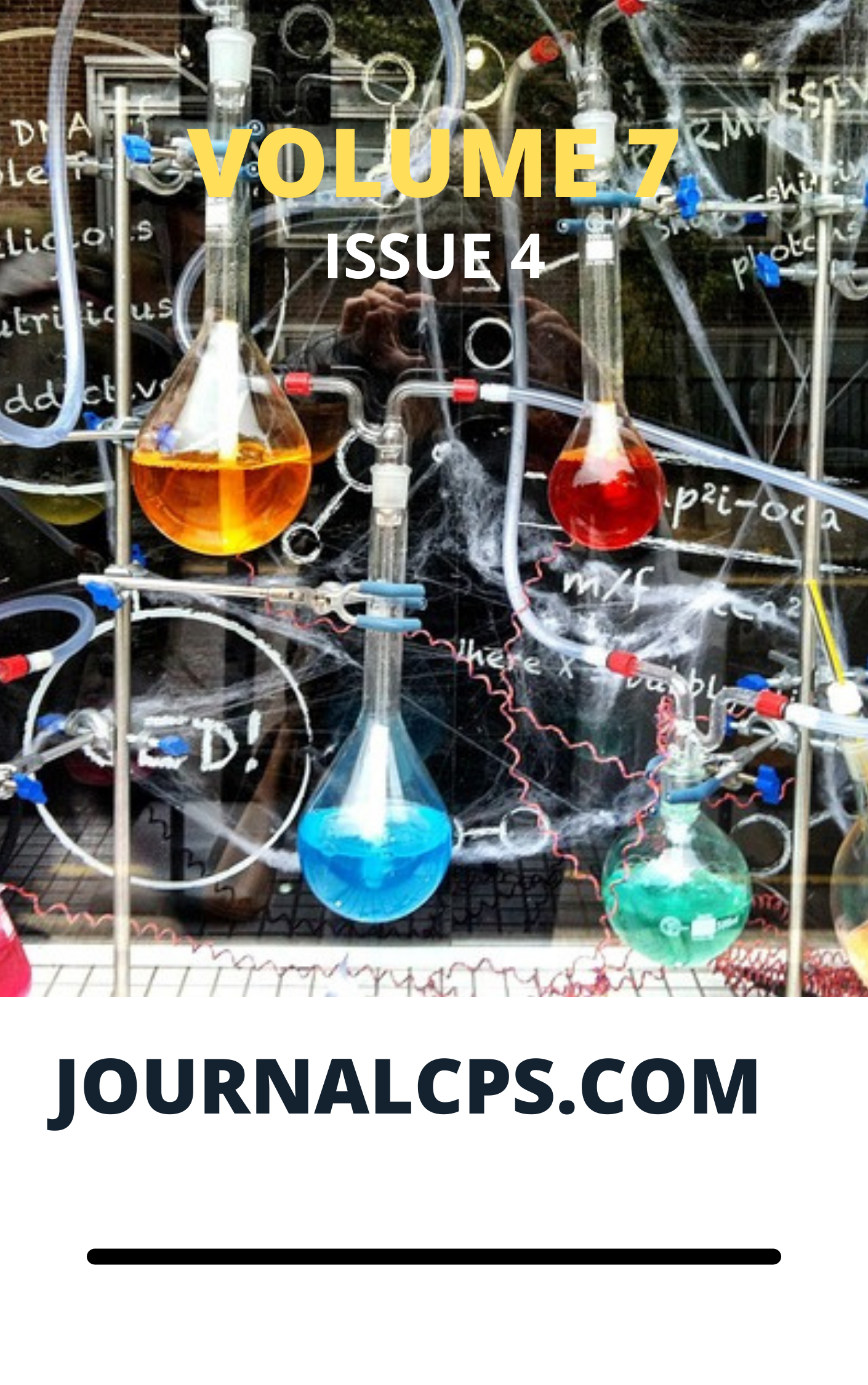Evaluation of n-Alkanes Hydrocarbon from two Communities in Udu Local Government Area, Delta State
Keywords:
Hydrocarbon contamination, soil, Udu communities, contamination indicesAbstract
Wisdom, Ivwurie* and Daniel, Okiriguo
Hydrocarbon pollution is constantly contributing some threats to our environment. The key approach to solving environmental contamination problems starts with impact assessment. The present study was designed to investigate the concentration profiles and the distribution of n-alkanes in some soils within two communities in the Udu local government area of Delta State, Nigeria. Five soil samples suspected to have been contaminated with hydrocarbons were collected from the selected communities which are located within the Udu Local Government Area Delta State. They were analyzed for aliphatic hydrocarbons using gas chromatography equipped with a flame ionization detector (GC-FID). The results obtained from the hydrocarbon analysis gave concentrations of C8–C40 aliphatic hydrocarbons in soil samples within the range 3.0 to 325ppm with a mean value of 75ppm. The carbon preference index (CPI) of soil in the studies area ranged from 0.0-2.8 but with higher values for soils from the vicinity of some mechanic workshops (CPI = 1.1), busy traffic points (CPI = 2.8) than soil from other environments. A thorough analysis of the experimental data led to the conclusion that hydrocarbon inputs to the affected soil are majorly biogenic sources.
Downloads
Published
Issue
Section
Similar Articles
- Ivwurie Wisdom, Okorodudu, E.Oghenetega, Assay of Aliphatic Hydrocarbons in Soils from Selected Areas in Ughelli and its Environs, Delta State, Nigeria , Communication In Physical Sciences: Vol. 8 No. 2 (2022): VOLUME 8 ISSUE 2
- Ivwurie, Wisdom, Okorodudu, E.Oghenetega, Assay of Aliphatic Hydrocarbons in Soils from Selected Areas in Ughelli and its Environs, Delta State, Nigeria , Communication In Physical Sciences: Vol. 8 No. 2 (2022): VOLUME 8 ISSUE 2
- Ivwurie Wisdom, Gabriel A. Akindeju, Assessment of Aliphatic Hydrocarbons in Soils from Selected Areas in Agbarho Communities, Delta State, Nigeria , Communication In Physical Sciences: Vol. 8 No. 3 (2022): VOLUME 8 ISSUE 3
- J. C. Nnaji, Heavy Metal Contamination Indices for oil spilled Agricultural Soils in three Local Government Areas of River State, Nigeria , Communication In Physical Sciences: Vol. 4 No. 1 (2019): VOLUME 4 ISSUE 1
- Mercy Uwem Useh, Eno Linus, Analysis of Heavy Metals in Some Food Crops and Soils Impacted with Crude Oil in Southern Nigeria , Communication In Physical Sciences: Vol. 8 No. 4 (2022): VOLUME 8 ISSUE 4
- Richard Alexis Ukpe, Mbosowo Monday Etukudoh, Health Implication of Heavy Metal Ions in Ogbia Local Government Area, Bayelsa State, Nigeria , Communication In Physical Sciences: Vol. 12 No. 7 (2025): Volume 12 issue 7
- Sani Uba, Victor O. Ajibola, Oluwaseun S. Adeosun, Divine C. Ikeh, AbdulHameed. Mikail, Abel K. John, Murtala M.Ruma, Assessment of the Physicochemical Parameters, Geoaccumulation Indices and Contamination Factor of Sediments from Mairua Dam, Faskari Lga, Katsina Northwestern Nigeria , Communication In Physical Sciences: Vol. 7 No. 4 (2021): VOLUME 7 ISSUE 4
- E. C. Ogoko, Pollution status of soil within the vicinity of Automobile mechanic workshops in Owerri Municipality, Nigeria , Communication In Physical Sciences: Vol. 4 No. 1 (2019): VOLUME 4 ISSUE 1
- S. U. Oghoje, Biofacilitation Potential of Sawdust on Landfarming of Petroleum Hydrocarbons Polluted Soils , Communication In Physical Sciences: Vol. 9 No. 2 (2023): VOLUME 9 ISSUE 2
- Mercy Uwem Useh, Danlami Uzama, Patrick Obigwa, Effects of Abattoir Activities in the Surrounding Soils within Abuja, Nigeria , Communication In Physical Sciences: Vol. 8 No. 1 (2022): VOLUME 8 ISSUE 1
You may also start an advanced similarity search for this article.




